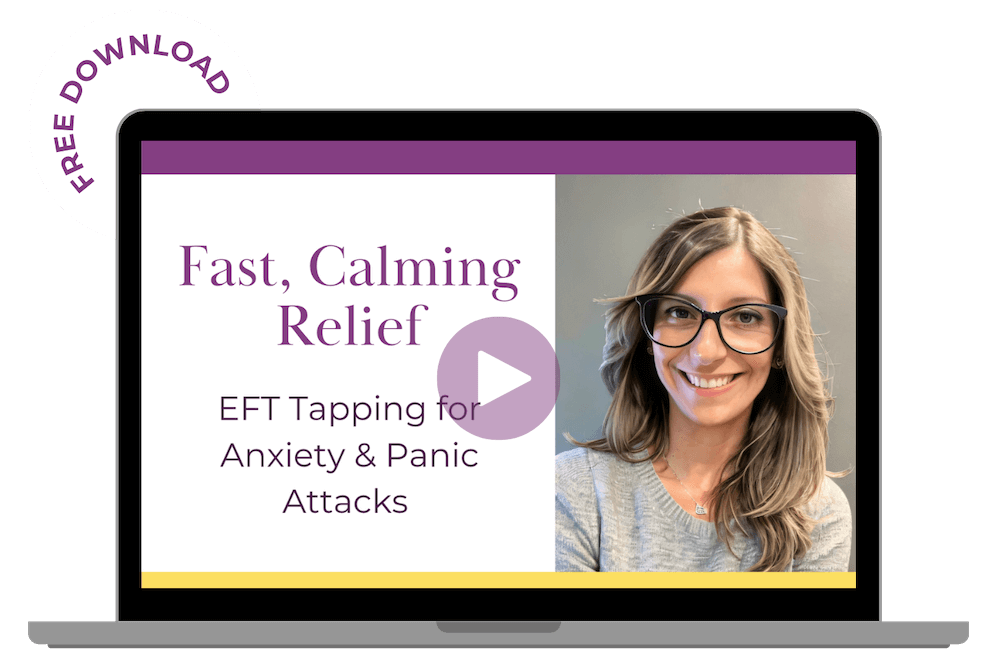Introduction: Anxiety is a prevalent mental health condition that affects individuals of all ages, backgrounds, and walks of life. Despite its widespread impact, there are still many misconceptions surrounding anxiety.
In this blog, we’ll uncover the facts and statistics behind anxiety, shedding light on its prevalence, demographics, and implications for society as a whole.
- Prevalence of Anxiety:
- Anxiety disorders are the most common mental health condition globally, affecting an estimated 284 million people worldwide.
- GAD (General Anxiety Disorder) affects 6.8 million adults or 3.1% of the U.S. population.
- In the United States, anxiety disorders affect approximately 31.1% of adults at some point in their lives.
- Women are more likely than men to experience anxiety, with an overall lifetime prevalence rate of 33.1% compared to 19.2% for men.
- Overall, 60% of youth with depression do not receive any mental health treatment, and 57% of adults with a mental illness receive no treatment.
- Impact on Daily Life:
- Anxiety can have a profound impact on individuals’ daily functioning, affecting their relationships, work, and overall quality of life.
- People with anxiety disorders are more likely to miss work or school, experience difficulties in social situations, and have comorbid conditions such as depression or substance abuse.
- Left untreated, anxiety can lead to significant impairment and disability, reducing individuals’ ability to lead fulfilling and productive lives.
- Economic and Societal Costs:
- Anxiety disorders impose a substantial economic burden on society, costing the global economy an estimated $1 trillion annually in lost productivity and healthcare expenses.
- Beyond the financial costs, anxiety can also contribute to social isolation, stigma, and reduced access to care for marginalized communities.
- Addressing anxiety at both individual and societal levels is crucial for promoting mental health equity and well-being for all.
- Treatment and Support:
- Despite the high prevalence of anxiety, many individuals do not receive adequate treatment or support. Only 36.9% of those with anxiety disorders receive treatment.
- Effective treatments for anxiety include therapy (such as cognitive-behavioral therapy), medication (such as selective serotonin reuptake inhibitors), and lifestyle interventions (such as exercise and stress management techniques).
- Increasing awareness, reducing stigma, and improving access to mental health services are essential steps in addressing the global burden of anxiety.
Conclusion: Anxiety is a complex and multifaceted condition that affects millions of people worldwide. By understanding the facts and statistics behind anxiety, we can better appreciate its widespread impact and advocate for improved mental health resources and support systems.
Together, we can work towards creating a world where everyone has access to the care and support they need to manage their anxiety and live fulfilling lives.







